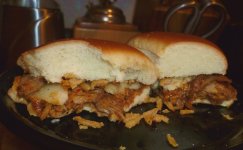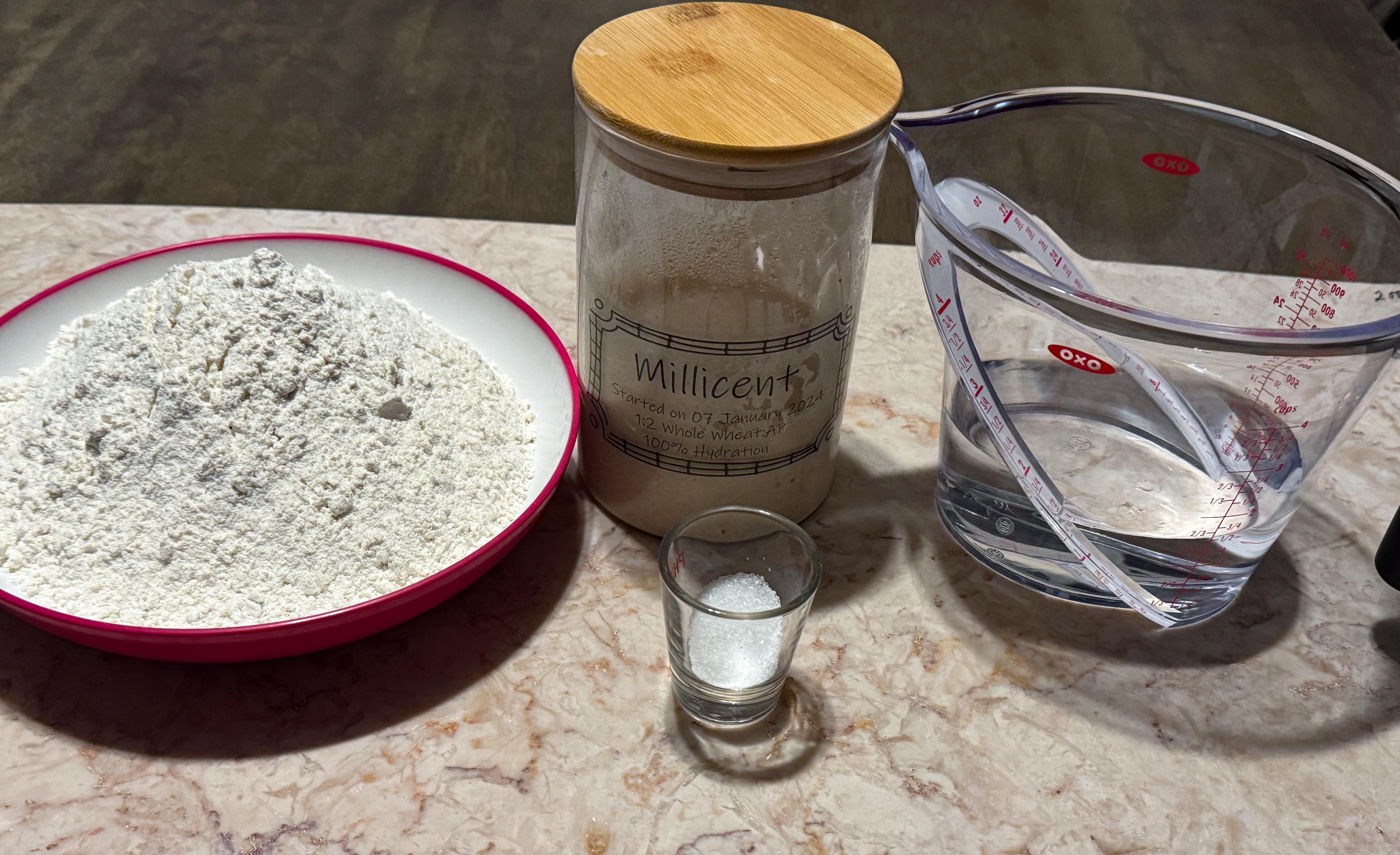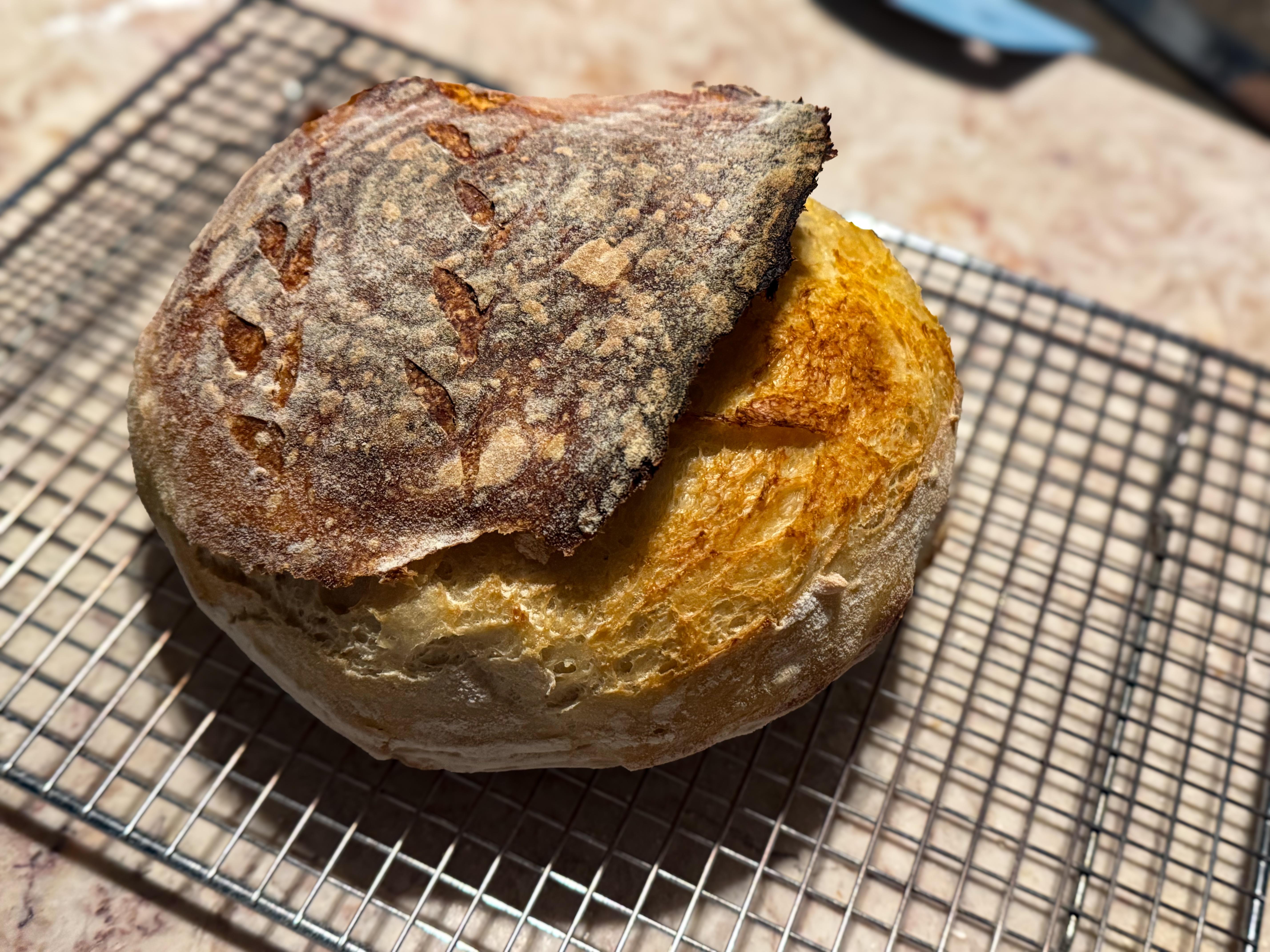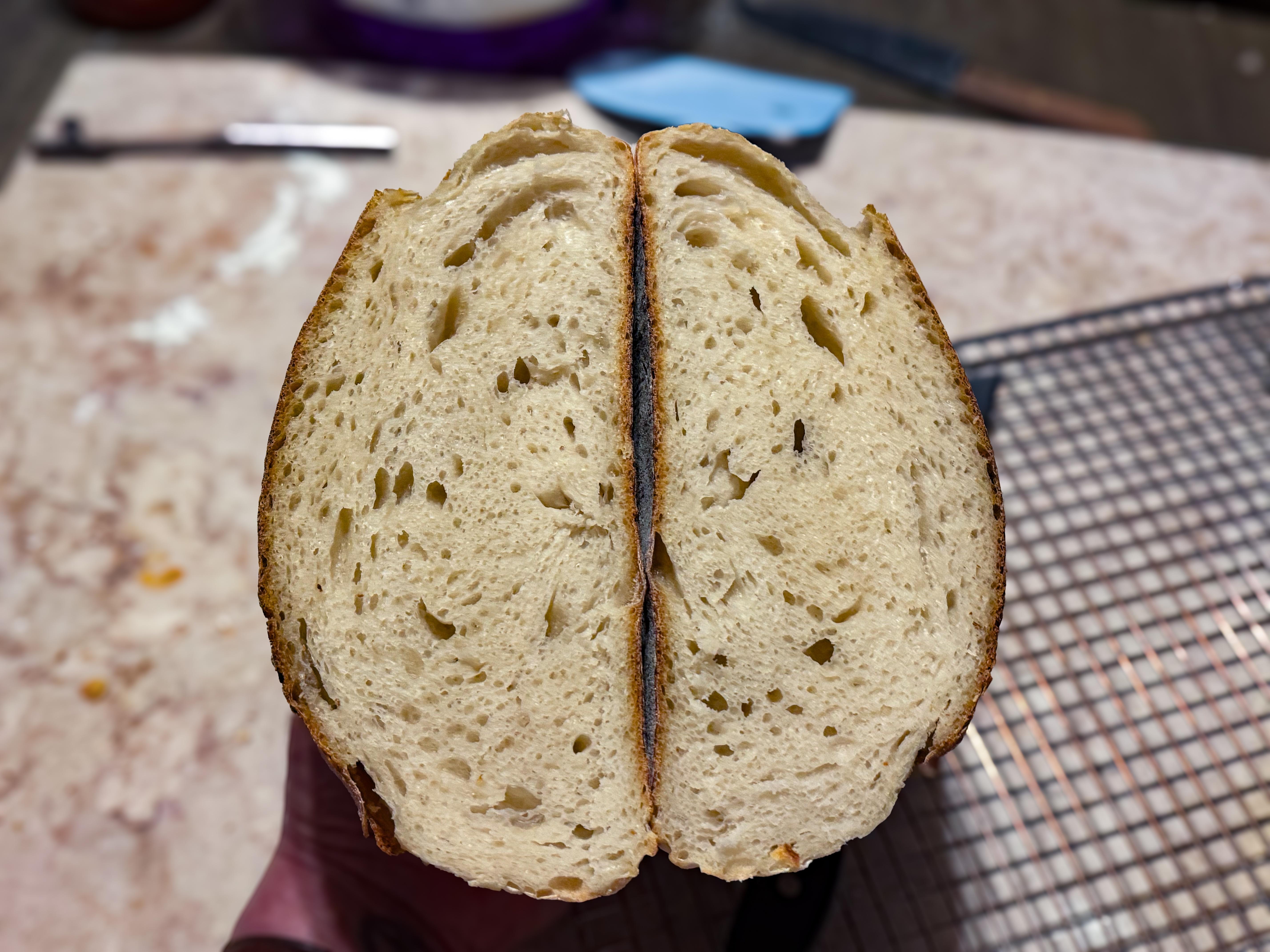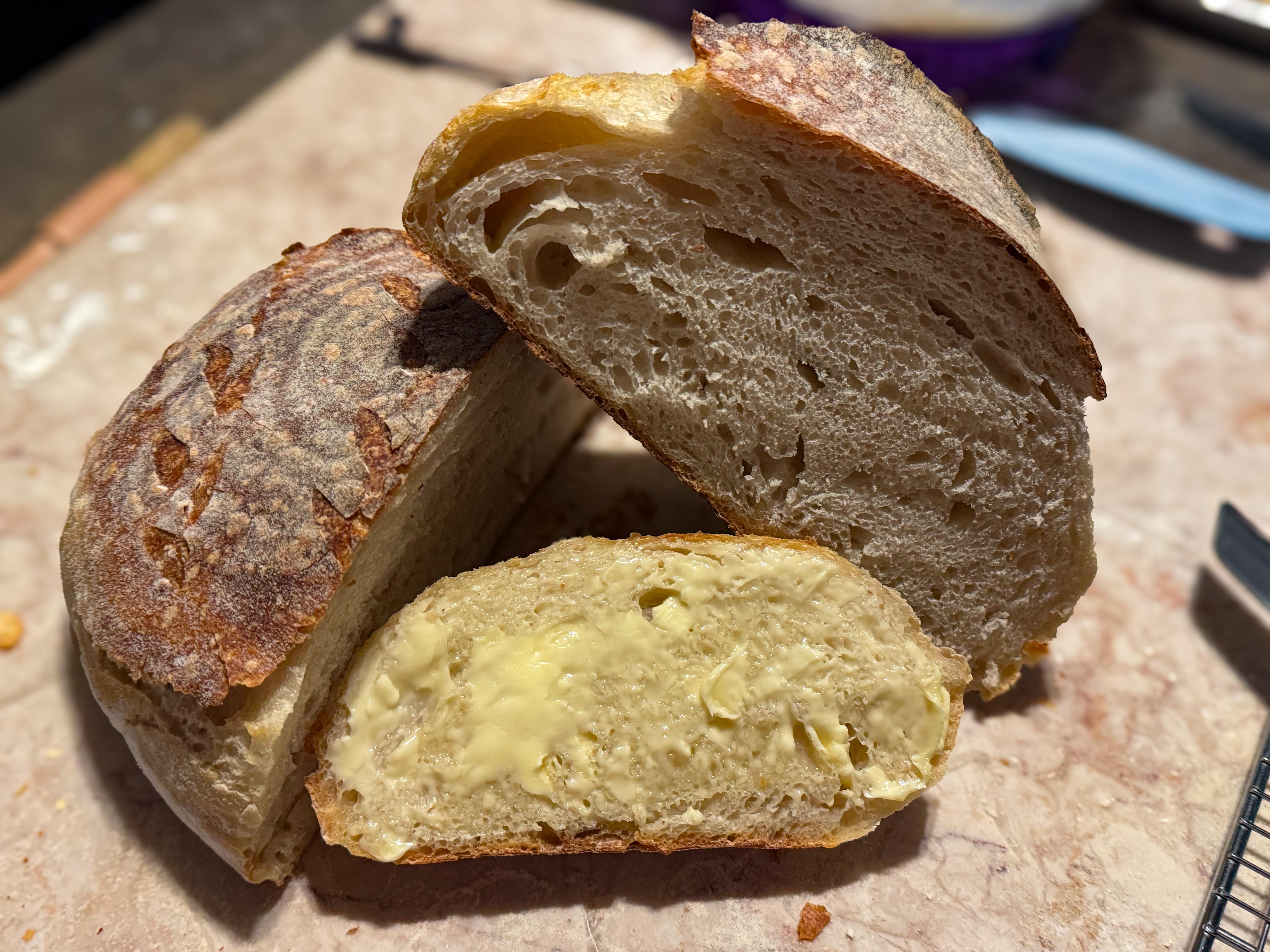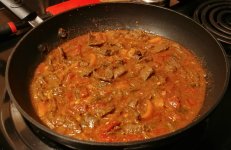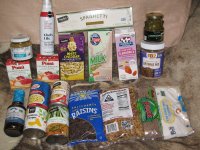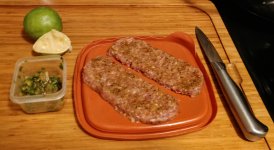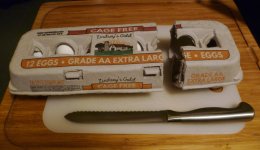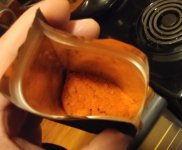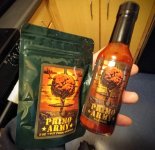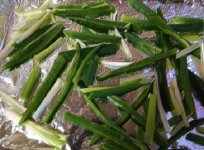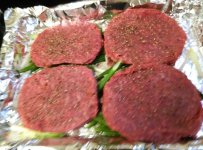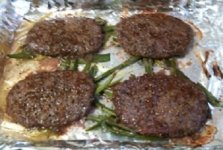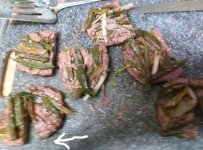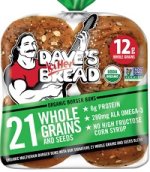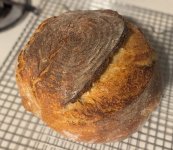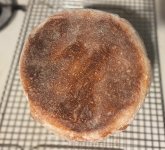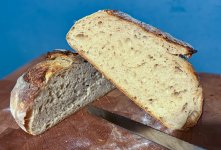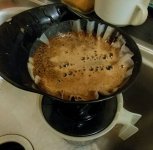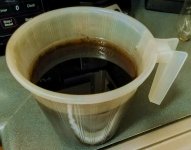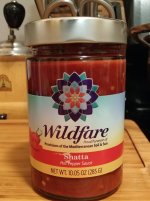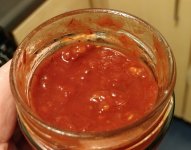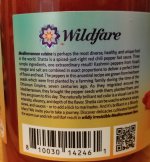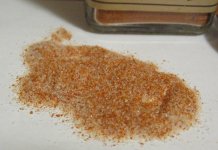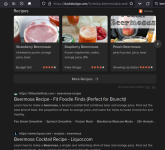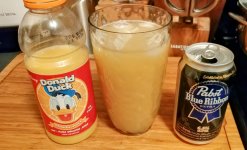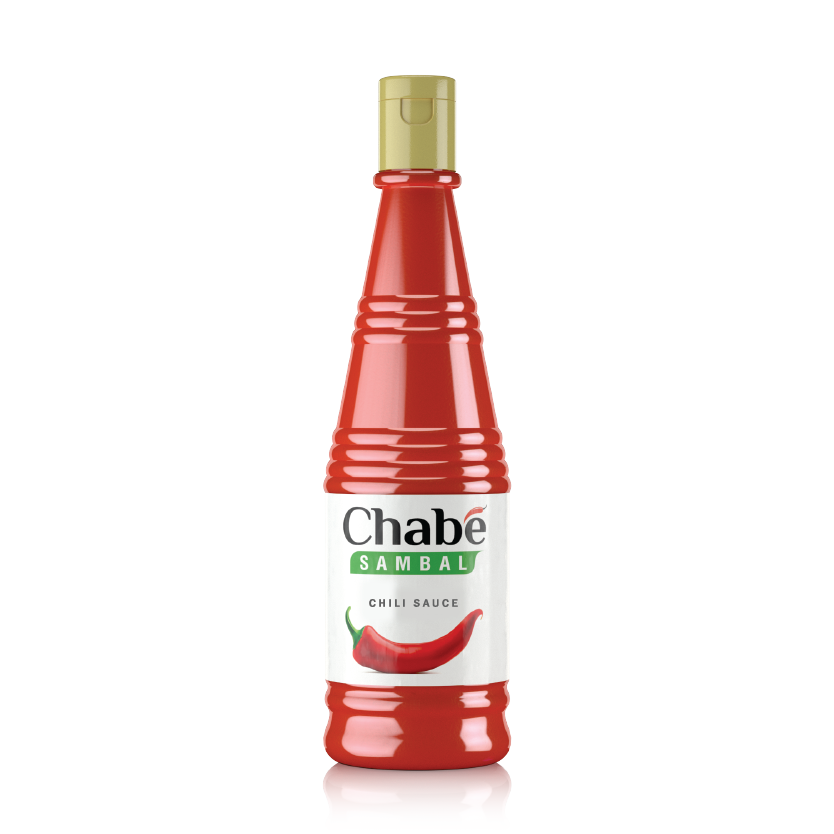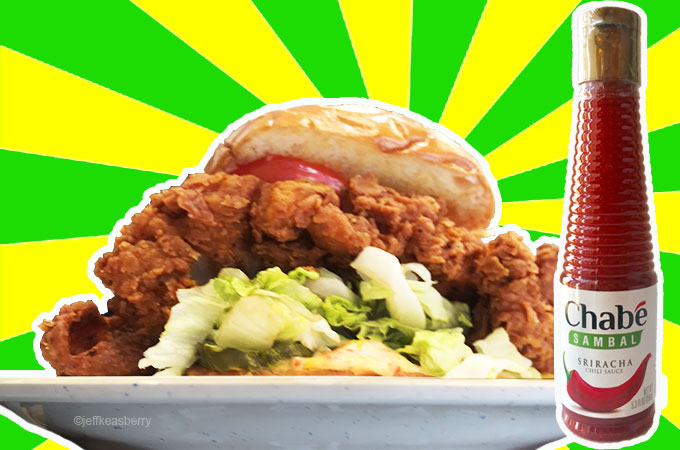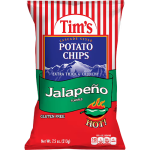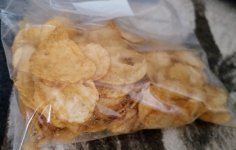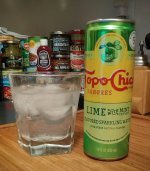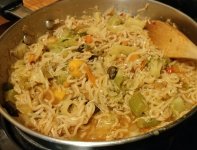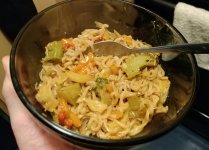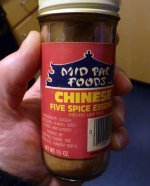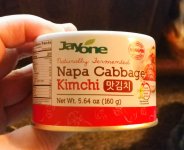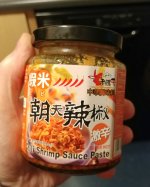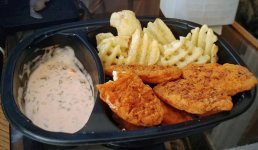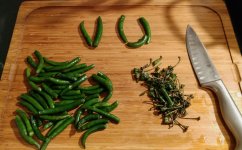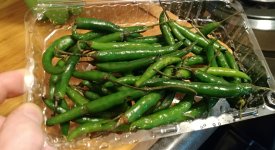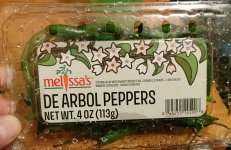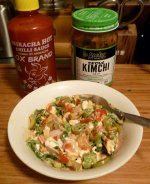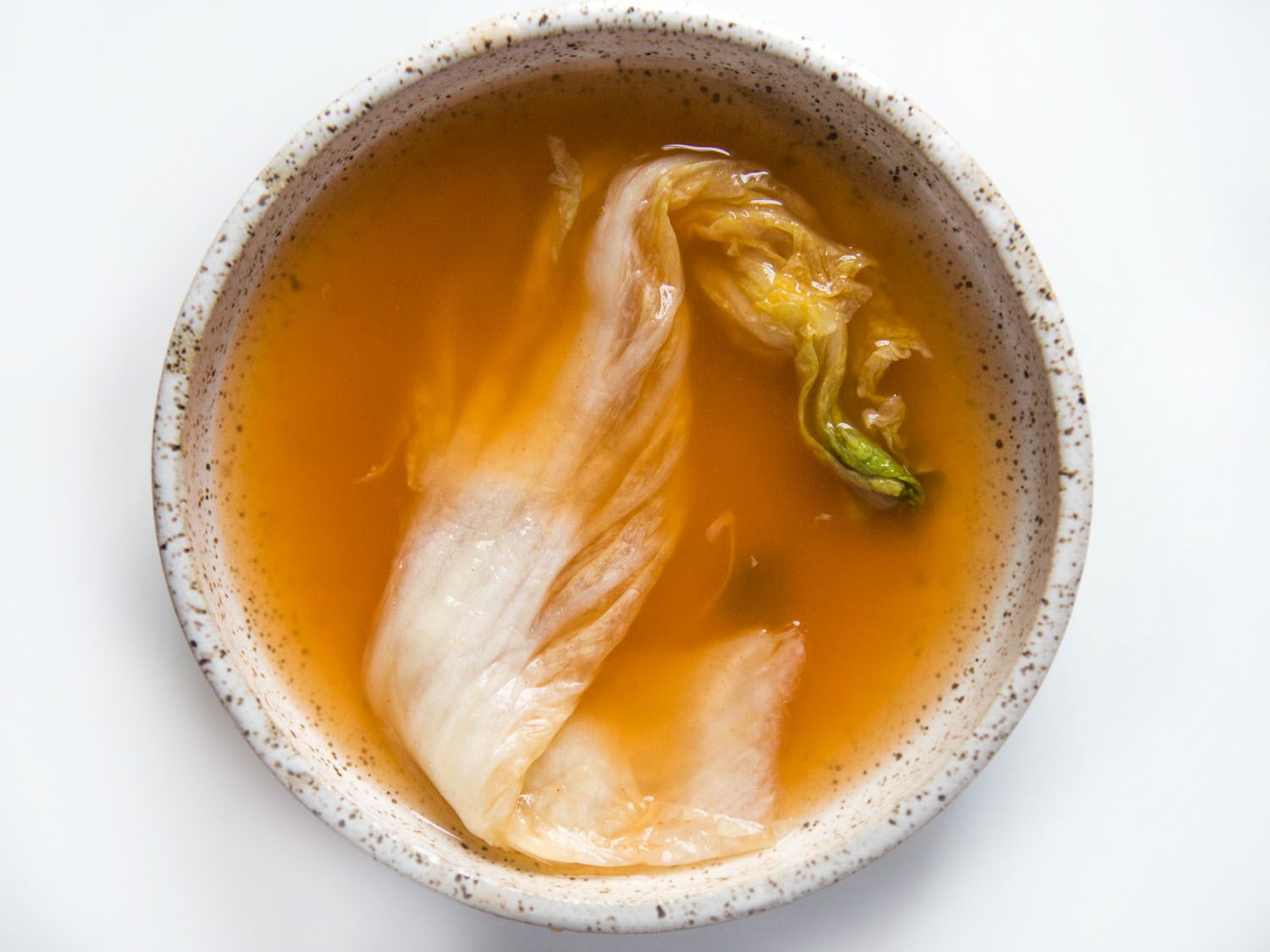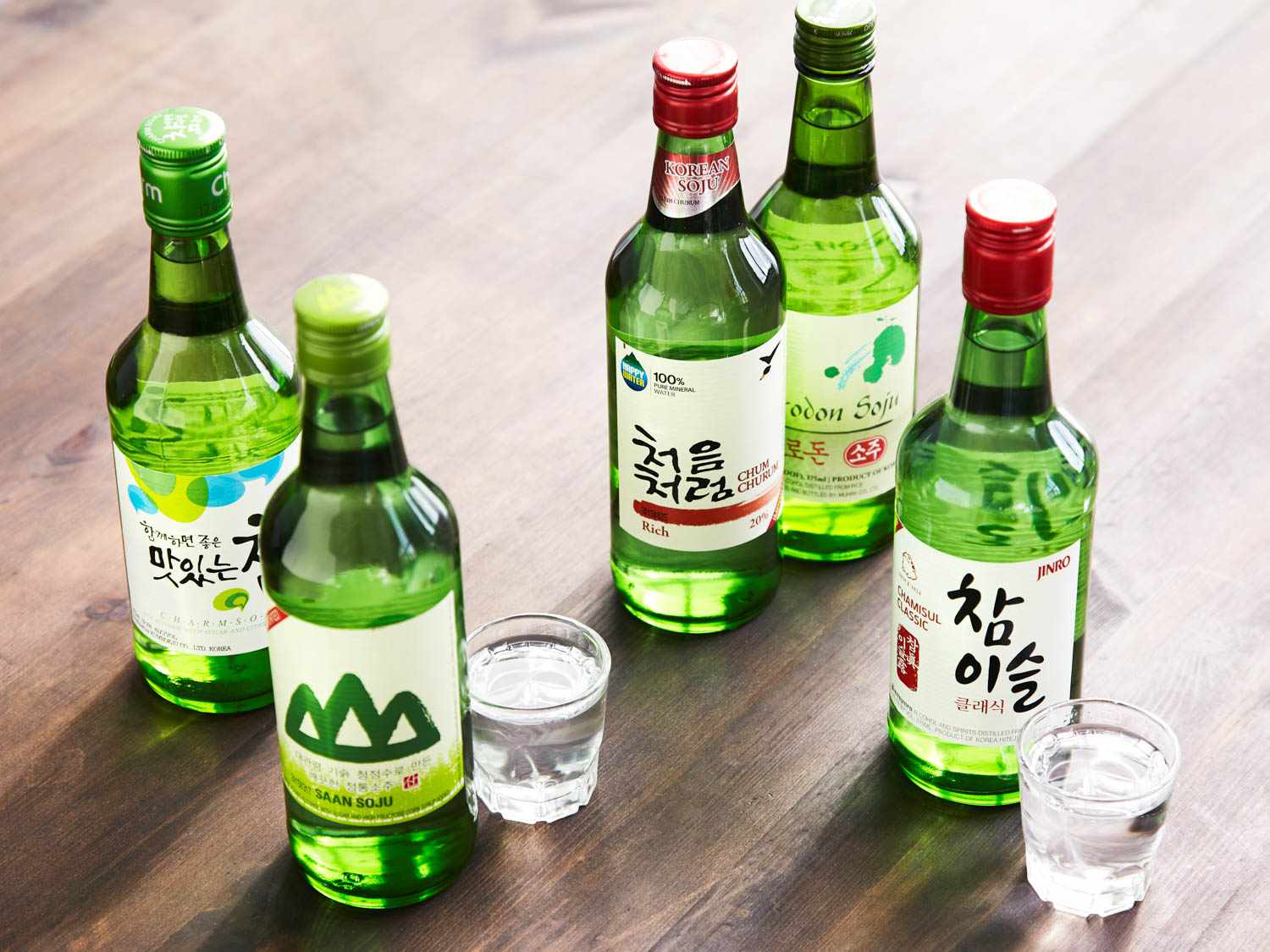A new clean ramen summary because of tons of new products:
I know we love those packaged ramen with the packets of dust and flakes, going back to early adulthood and college because they're cheap, tasty, easy and fast, but I posted some DIY ramen efforts last July and August in this thread, not for calorie savings, and certainly not for money savings, but to make ramen organic and more nutritious than the packet product, and better tasting.
It started with Koyo, the first organic ramen I saw on the market, not bad, and just as easy as any ramen packet:
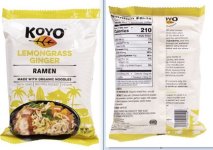
Then cheaper with organic angelhair pasta, sometimes called capellini if you're looking for it, as fast cooking as ramen:
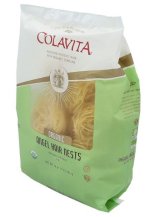
Then more nutritious with better ingredients than the flavor dust and flakes:
Broccolini, pineapple, peanut butter powder (reconstituted), spices:
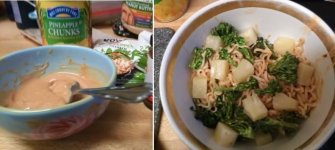
Extra note: the peanut butter from powder is very low in calories, less than half the calories of regular, with no sacrifice of flavor or texture. I use PB2 organic.
Red curry ramen with spiky red chilis, green onion, basil:
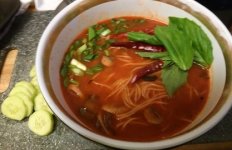
Beef broccolini ramen, vegan chicken ramen:
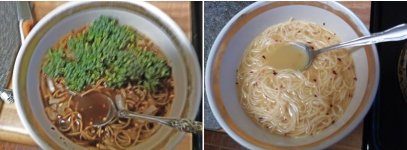
Peanut butter (reconstituted powder), snow pea w/ jalapeno and onion:
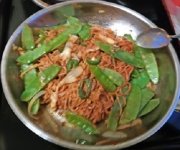
So I've got the craving again, and wow are there lots of new organic noodles in the stores. You can always find organic bouillon powders, flavor pastes, or use canned organic soup, or make your own flavor combinations.
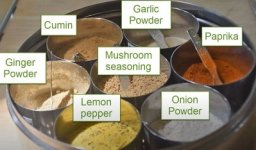
But these are the great new things I brought home.
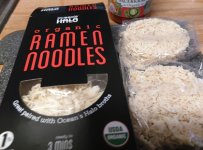
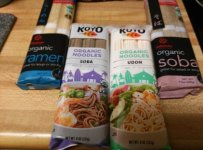
Without tasting these noodles yet, what I like is the measured feature. The Oceans Halo are in four packets inside the box. The long straight ones are in measured bundles inside the package. You decide how much makes a meal or snack.
Oceans Halo 200 cal. per individual packet
Hakubaku Ramen 200 cal. per bundle
Hakubaku soba 202 cal. per bundle
Koyo soba 260 cal. per bundle
Koyo udon 270 cal. per bundle
I think this is the first organic kimchi I've ever seen. The label says "sauerkraut kimchi", and the cut is sauerkraut, but the flavor is kimchi and it is HOT. The ingredients say "cabbage", not the usual napa cabbage or bok choy. It has bell pepper second on the list. I don't think I've ever seen bell pepper on the kimchi ingredients labels, but it works with the regular cabbage and spices to make it taste like other kimchi products. I'm sold for now. Unless another organic kimchi comes into the market, with the traditional ingredients and cut, will buy this again.
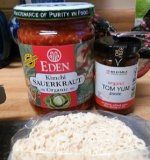
The Tom Yum paste ingredients are lime juice, galangal, gluten free soy sauce, shallots, lemongrass, Himalayan pink salt, red chilli, coconut sugar, kaffir lime leaves.
Other things to drop into ramen:
sesame seeds, toasted or not
baby spinach leaves
basil leaves
sliced or minced onion, sauteed or not, or sliced green part of long green onions as topping
grated carrot
crushed garlic
lime juice
dash of soy sauce or tamari or fish sauce
chili oil
rice vinegar
pinch of ginger powder or some fresh grated ginger
kimchi
Some people put sliced boiled egg on top, or crack in an egg to soft cook while the ramen is hot.
I tend to think of ramen as mostly vegetarian except for chicken or beef broth, but your imagination rules when it comes to adding stuff: bonito flakes, leftover shredded chicken or chopped beef, or whatever tastes good to you.
Bon appetit.


